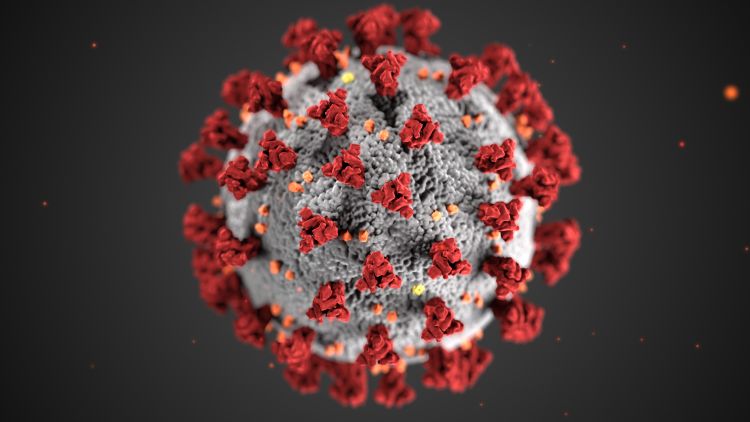DOM COVID-19 Journal Club: Study suggests peak virus shedding in the upper respiratory tract occurs before COVID-19 symptoms are apparent

Purpose: Investigate body site-specific SARS-CoV-2 infection and replication.
Study design: Analyze SARS-CoV-2 viral loads by several independent methods in samples collected from 9 young-middle aged adults with confirmed, mild COVID-19. Samples were collected regularly from early evidence of disease through recovery and included: oro-/naso-pharyngeal swabs, sputum, serum, urine, and stool. Seroconversion was also evaluated.
Conclusion: Only nasal swab and sputum samples tested positive (not serum, urine, or stool), indicating both the lung and upper respiratory tract are prominent sources of transmissible virus. Of note, by the time samples were first collected, virus shedding from the upper respiratory tract was declining. Conversely, a viral loads increased in sputum in a few patients. Thus, this suggests that peak virus shedding in the upper respiratory tract occurs before COVID-19 symptoms are apparent. Seroconversion occurred in 50% of patients within 7 days and 100% by 14 days, but this did not correlate with viral titer decrease.
Limitation: Small sample size (9). All patients had mild disease.
Context: According to the authors, SARS-CoV-(1) is more restricted to the lower respiratory track than CoV-2. One could speculate that the additional tropism for the upper respiratory tract could offer an explanation for the high transmissibility of CoV-2.
Reference:
Wölfel R et al. Virological assessment of hospitalized patients with COVID-2019. Nature, 2020.
The Department of Medicine COVID-19 Journal Club is dedicated to understanding and applying data on COVID-19 to inform prevention and management efforts for healthcare workers and patients.
This article by Darin Wiesner, PhD, postdoctoral trainee, Allergy, Pulmonary and Critical Care Medicine. Reviewed by Nasia Safdar, MD, PhD, professor, Infectious Disease, vice chair for research, Department of Medicine.
Banner image: Centers for Disease Control and Prevention image library